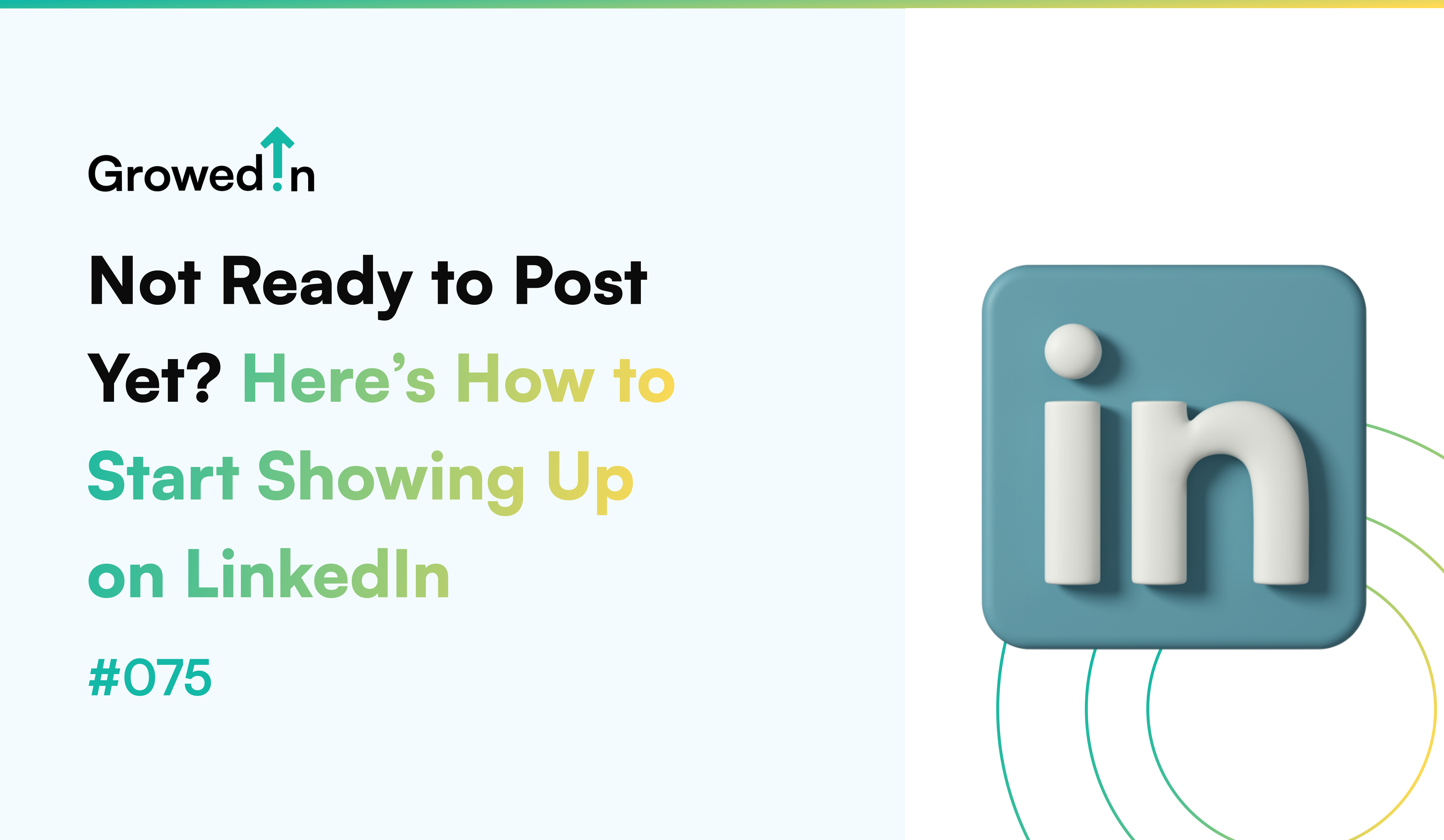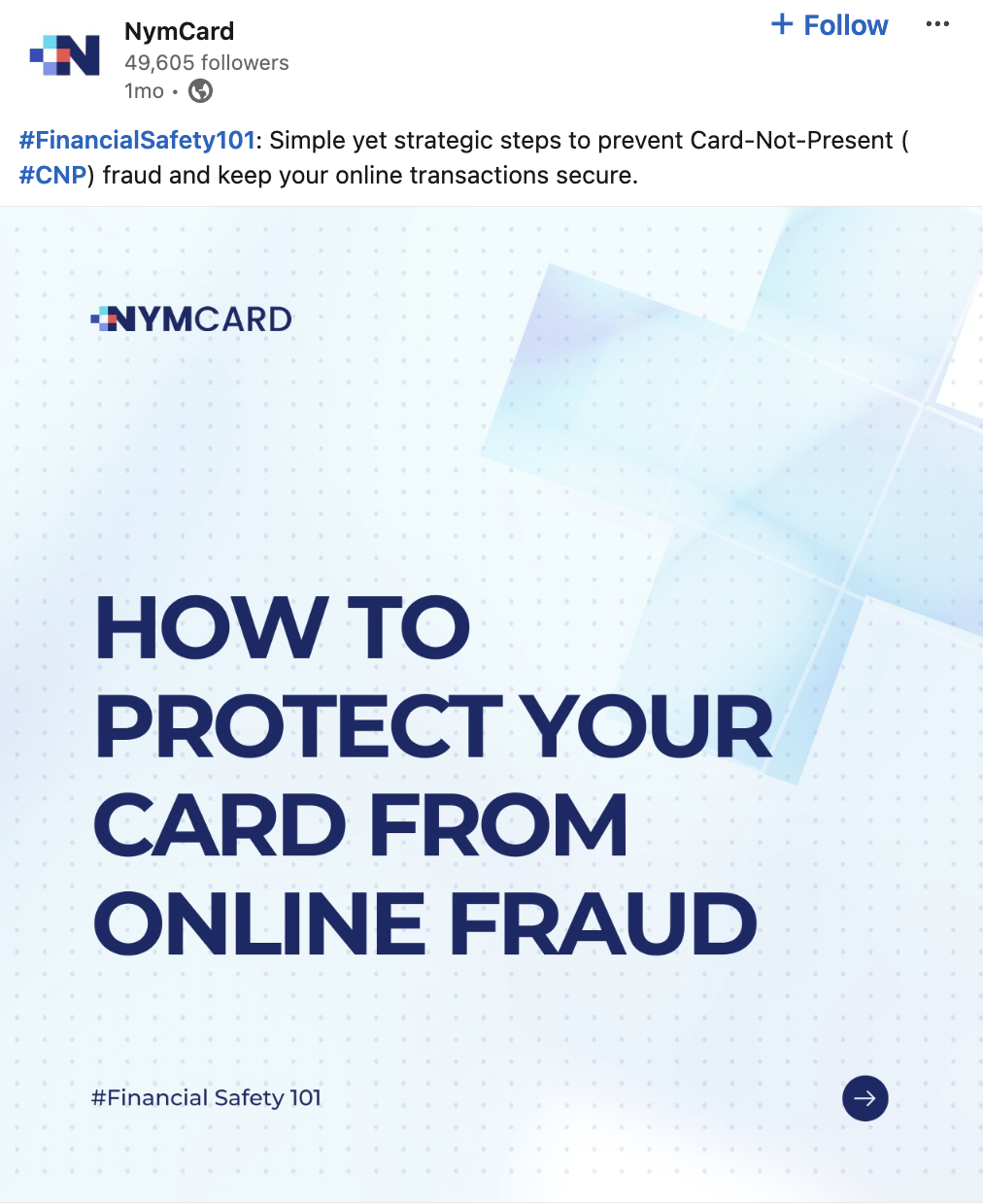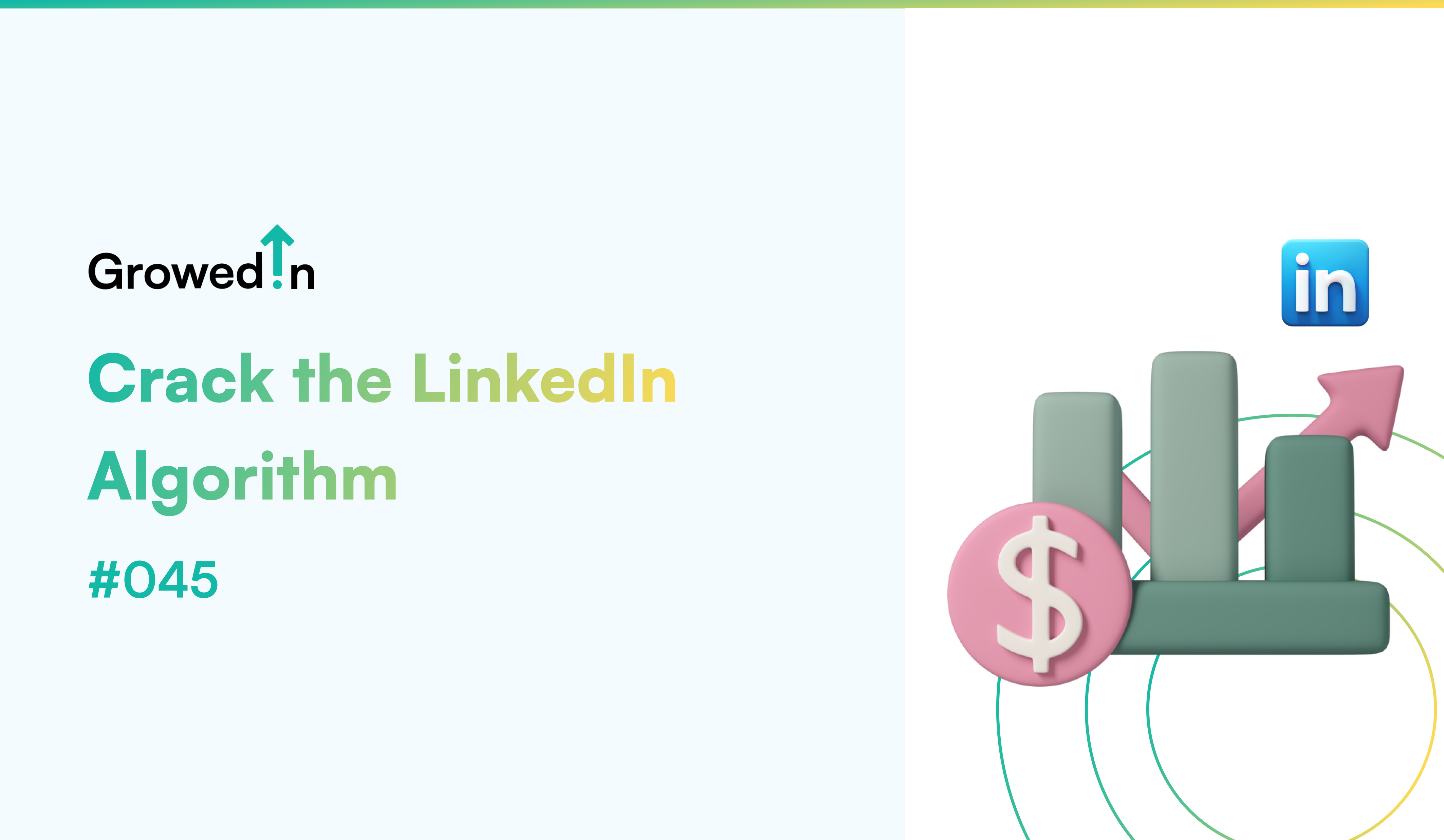#026 - Is LinkedIn Premium Worth It?
LinkedIn offers a free basic account that allows you to find and connect with colleagues, request and provide recommendations, and search for and view profiles of other members and companies.
However, LinkedIn Premium, a paid subscription, offers additional tools that help you connect directly with decision-makers, high-profile individuals, and other business opportunities that can take your career to the next level.
There are two plans for LinkedIn Premium:
- LinkedIn Premium Career: Helps you get hired and advance in your professional life.
- LinkedIn Premium Business: Provides detailed business insights and helps expand your business.
Today, we are focusing on LinkedIn Premium Business.
Are LinkedIn Premium benefits worth it? Let’s explore.
When is the Best Time to Get LinkedIn Premium?
Consider LinkedIn Premium if:
• You have a business and are patient enough to wait for results.
• You can afford the subscription without it impacting your life or business significantly.
LinkedIn Premium is a good investment if you have the budget, but the decision depends on the level of access you need to your professional network.
How to Maximise ROI with LinkedIn Premium?
Make use of these 3 key features to leverage LinkedIn Premium:
1. InMail

InMail lets you directly contact anyone on LinkedIn, even if you're not connected. This is especially useful for bypassing the connection request step and starting direct conversations with potential leads.
2. See Who’s Viewed Your Profile

Access the full list of people who visited your profile in the last 90 days. You can filter these views to identify specific LinkedIn users, which can help you gauge interest from prospects or candidates. When someone checks out your profile, it shows they may be interested in what you offer. Use that as an icebreaker to start a conversation.
3. Unlimited Searches

The basic account limits your searches due to the commercial use limit. Premium Business removes this restriction, allowing you to conduct unlimited searches for professional activities like prospecting or recruiting.
Why You Might Not Need LinkedIn Premium?
Casual users can still maintain a professional profile with LinkedIn Basic. Here are a few scenarios where LinkedIn Premium may not be necessary:
1. Basic Networking
If you don't need deep networking for business or recruitment, the free plan is sufficient.
2. Starting Your Career
For those just starting their careers, the cost of Premium can be prohibitive. The Basic plan allows you to connect and build your network while giving and receiving recommendations.
3. LinkedIn Learning
LinkedIn Learning courses are useful, but there are many other online learning platforms that offer free or cheaper alternatives.
How to Get LinkedIn Premium for Free?
1. LinkedIn Premium Free Trial
You can try LinkedIn Premium for free for one month. Provide credit card details at the start, but you can cancel anytime during the trial month to avoid charges.
2. Offers for Students and Graduates
LinkedIn collaborates with educational institutions to offer free Premium access to students and graduates for 12 months. Additionally, Prime Student account holders can get six months of free Premium through LinkedIn's partnership with Amazon
3. LinkedIn Premium Discount
You can get a 50% discount on LinkedIn Premium for two months by starting a subscription cancellation and selecting "It's too expensive" as the reason. LinkedIn may offer the discount to retain you as a subscriber.
LinkedIn Premium isn't cheap, so weigh your needs against the features you want to use. Evaluate how often and in what ways you'll use these features for specific scenarios before making a decision.


































































.png)




















































































































































































































